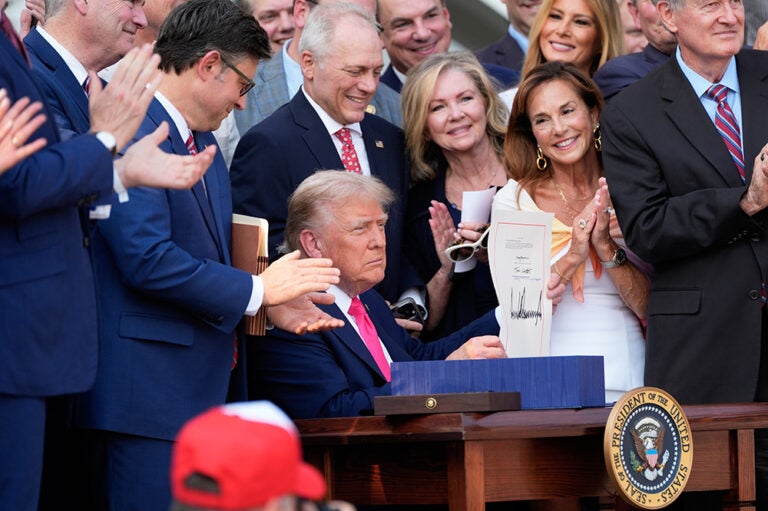In May, the U.S. Government Accountability Office (GAO) released its 15th annual report to Congressional Committees identifying a wide range of opportunities to reduce deficits and increase government efficiency. The report outlines 589 ways to find cost savings by reducing overlap, duplication, and fragmentation across the federal government, including 148 new recommendations in 43 new topic areas. GAO concludes that addressing these areas would save more than $100 billion.
The below chart highlights a selection of the larger items included in the report with some of the highest-value cost savings coming from the health, IT, and energy sectors.
GAO also proposed 148 new recommendations to improve efficiency that increase revenues or reduces costs. Those proposals would vary in cost-savings and affect the Department of Defense, the Department of Energy, and other agencies
GAO's report takes on heightened significance when viewed in the context of America's growing national debt. Similar recommendations made by GAO in the past have produced measurable savings. The report notes that Congress and federal agencies have fully or partially addressed approximately 78 percent of the more than two thousand items GAO identified from 2011 to 2025, resulting in approximately $725 billion in cost savings.
The national debt has surpassed $36 trillion and the Congressional Budget Office projects the federal debt will rise to 118 percent of GDP by 2035. Interest payments alone are projected to reach $952 billion in fiscal year 2025 and grow to $1.8 trillion by 2035. Congress and the Administration should work together on meaningful fiscal reforms — and GAO’s report provides many promising places to start.
Photo source: GAO
Further Reading
How Did the One Big Beautiful Bill Act Affect Federal Spending?
Overall, the OBBBA adds significantly to the nation’s debt, but the act contains net spending cuts that lessen that impact.
What Is the Disaster Relief Fund?
Natural disasters are becoming increasingly frequent, endangering lives and extracting a significant fiscal and economic cost.
How Much Does the Government Spend on International Affairs?
Federal spending for international affairs, which supports American diplomacy and development aid, is a small portion of the U.S. budget.


